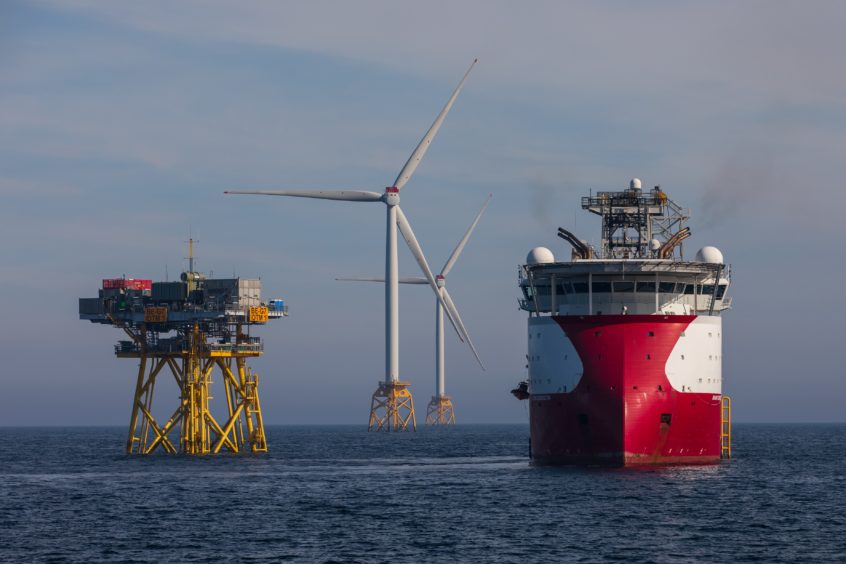
More than half of the estimated £50bn investment for the UK government’s offshore wind plan is expected to go to overseas companies.
The Times reports that the majority of orders for turbines and other equipment is expected to go to foreign suppliers.
It comes after a commitment to quadruple UK offshore wind capacity by 2030 to 40GW, as outlined in the Prime Minister’s 10-point plan published last week.
However, in a statement to The Times, and confirmed to Energy Voice, the Department for Business, Energy and Industrial Strategy (BEIS) said the UK share of capital expenditure is expected to reach only 50 per cent by 2030 and that “the majority of the increase in UK content is likely to occur after 2025”.
Aa BEIS spokesperson added that strategy will “help create new jobs and strengthen UK manufacturing, ensuring the benefits of the green industrial revolution are felt across the UK”.
It comes despite two UK wind manufacturing facilities in Hull and the Isle of Wight, and the Scottish yard BiFab under threat after a sustained loss of work and the end of government support.
The Government’s 10-point plan also promised “delivery of 60% UK content in offshore wind projects”.
Political leaders, such as Labour shadow business secretary Ed Miliband, have called for any offshore wind boom to equate to UK jobs.
RMT union boss Jake Molloy said last week that there was no avenue for the thousands of redundant oil and gas workers to join the green recovery.
He said: “They’re asking about this just transition and whether it’s just rhetoric because they’re not seeing any action. These workers aren’t moving into developing industries and they’re wondering where this work is taking place – there’s nothing for them.”
Earleir this year the UK Government announced plans to create 40GW of offshore wind capacity by 2030, which Aurora Energy Research estimated would cost £50billion.
On the potential for cash to go overseas, the Prospect Union said: “We need a proper strategy from government to develop renewables jobs throughout the supply chain here in the UK.”
